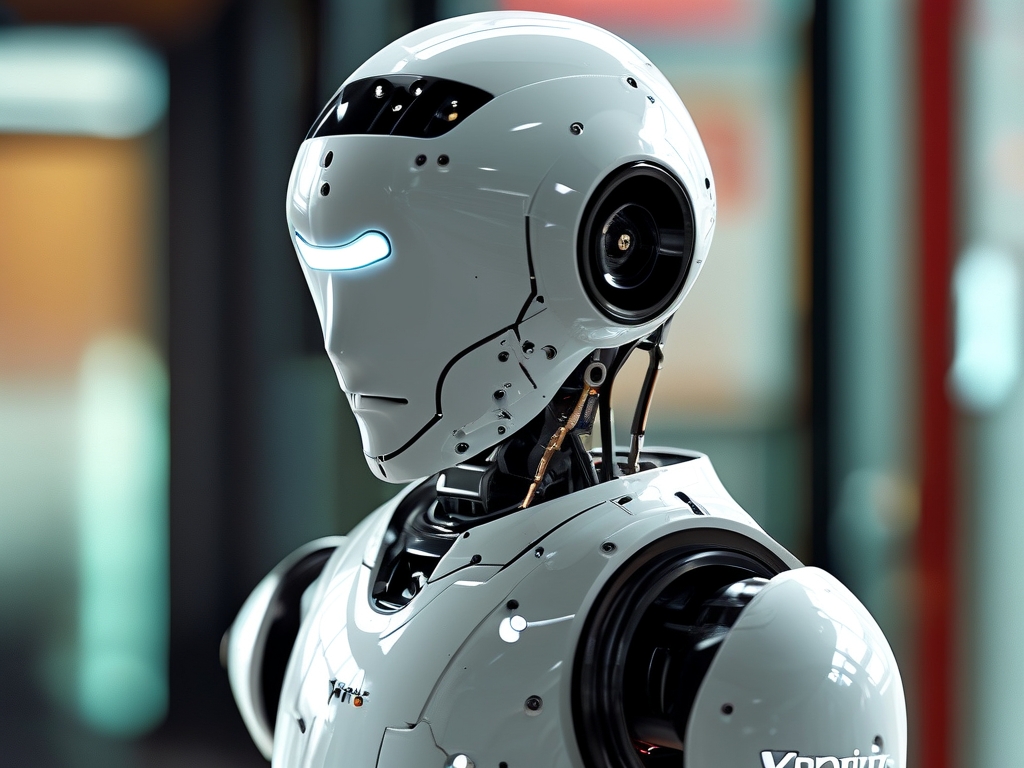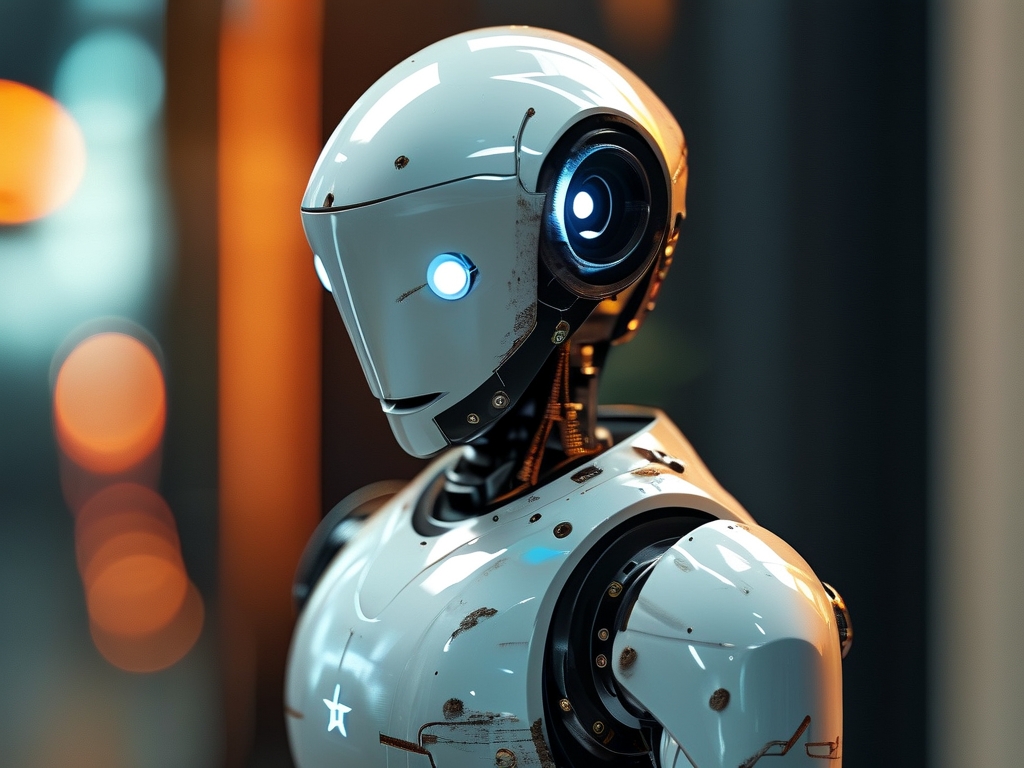In the rapidly evolving landscape of artificial intelligence and robotics, Huaqin Technology has emerged as a trailblazer with its groundbreaking humanoid robots. Combining advanced AI algorithms, precision engineering, and human-centric design, these robots are redefining industries ranging from healthcare to manufacturing. This article explores the technological marvels behind Huaqin's humanoid robots, their real-world applications, and the ethical and societal implications of their integration into daily life.
The Technology Behind Huaqin's Humanoid Robots
Huaqin Technology's humanoid robots are built on a foundation of cutting-edge innovations. At their core lies a multi-layered AI system capable of real-time decision-making, natural language processing, and adaptive learning. Equipped with high-resolution sensors, these robots can perceive their environment with remarkable accuracy, identifying objects, interpreting gestures, and even detecting emotional cues through facial recognition.
The robots' biomechanical design is equally impressive. Mimicking human musculature and joint mobility, Huaqin's engineers have developed proprietary actuators that enable fluid, lifelike movements. This is complemented by energy-efficient power systems, allowing the robots to operate for extended periods without frequent recharging. A standout feature is their "cognitive empathy" module, which enables context-aware interactions-a leap forward in human-robot collaboration.
Transforming Industries: Applications of Huaqin's Humanoid Robots
- Healthcare: In hospitals, Huaqin's robots assist surgeons with precision tasks, reducing human error during complex procedures. They also serve as companions for elderly patients, monitoring vital signs and providing cognitive stimulation through interactive conversations.
- Manufacturing: These robots excel in assembly lines, performing delicate tasks like microchip installation or quality control inspections. Their ability to learn from human coworkers has streamlined workflows in electronics and automotive sectors.
- Education: As personalized tutors, the robots adapt teaching methods to students' learning styles, offering real-time feedback in subjects from mathematics to language acquisition.
- Disaster Response: Equipped with thermal imaging and obstacle-navigation systems, Huaqin's robots have been deployed in search-and-rescue missions, accessing hazardous environments unsafe for humans.
Ethical and Societal Considerations
While Huaqin's advancements are revolutionary, they raise critical questions. Job displacement remains a concern, particularly in labor-intensive sectors. However, proponents argue that these robots will create new roles in robot maintenance, AI training, and ethical oversight. Privacy is another issue; the robots' data-collection capabilities necessitate robust cybersecurity measures to prevent misuse.

Huaqin Technology has proactively addressed these challenges by collaborating with policymakers and ethicists. The company has established guidelines for transparent AI decision-making and initiated reskilling programs for workers impacted by automation.
The Road Ahead: Challenges and Aspirations
Despite their success, hurdles remain. Enhancing emotional intelligence to foster deeper human connections is a priority. Huaqin's R&D team is also working on reducing production costs to make the robots accessible to small businesses and developing nations.

Looking forward, Huaqin aims to integrate quantum computing into its AI systems, enabling faster problem-solving and creativity. Partnerships with space agencies hint at future roles for these robots in extraterrestrial exploration, where their durability and autonomy could prove invaluable.
Huaqin Technology's humanoid robots represent more than a technical achievement-they symbolize a paradigm shift in how humans interact with machines. By prioritizing ethical design and societal benefit, Huaqin is not only advancing robotics but also shaping a future where technology amplifies human potential. As these robots become ubiquitous, they challenge us to reimagine the boundaries of innovation, responsibility, and coexistence in an AI-driven world.









